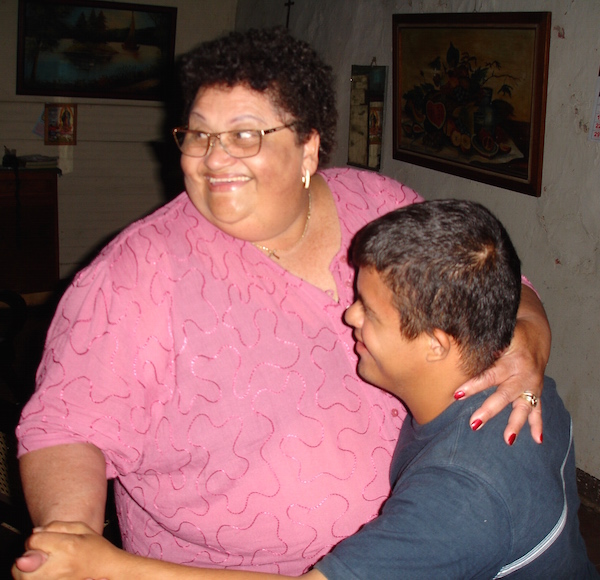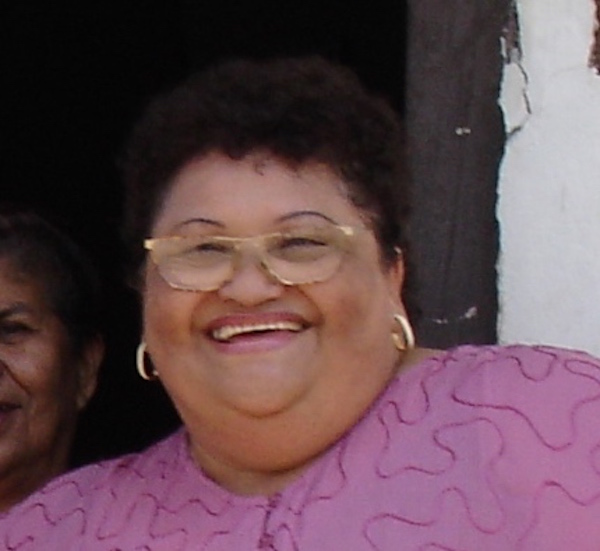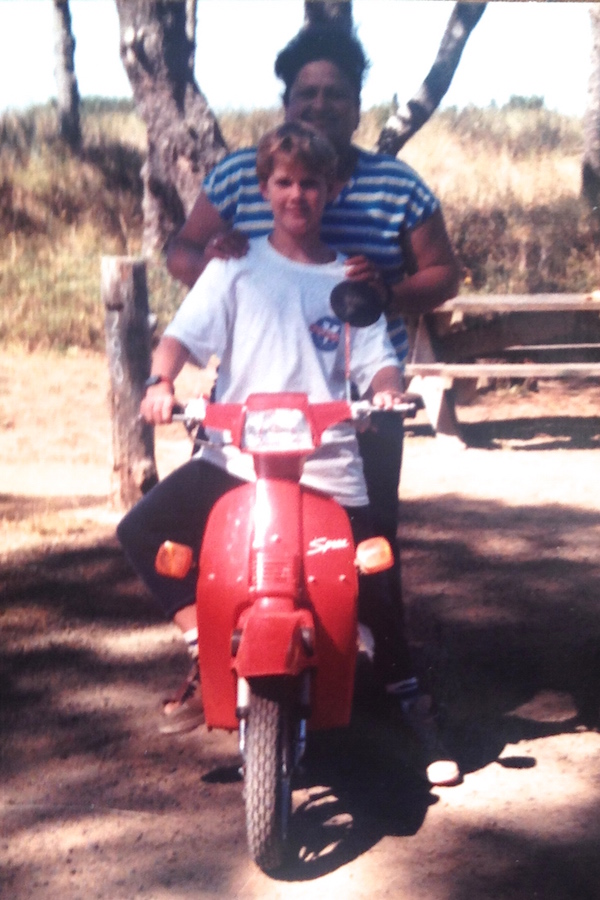PURE’s History
Nicaragua is a land of great tales of heartbreak and triumph, often involving tragic turns, but always told with a smile.
The story of PURE begins in 1972, with a woman named Maria Guadalupe Flores Aguilar Cornejo, an ebullient woman known to her friends as “Lupe.”
Lupe had married into a prosperous Granadino family of fruit sellers who made a living transporting bananas, pineapples, platanos, etc. from their ancestral home on Ometepe Island to Granada & Managua.
The family’s business was destroyed in a single night: December 23rd, 1972. The same earthquake that ruined 80% of Managua’s buildings also destroyed the family’s big fruit truck, the key to their livelihood. Economically, the family never recovered.
Like many enterprising young people of the time, Lupe was toying with the idea of traveling abroad to work and help repair the family’s ruinous fortunes. One night, she received a late night phone call from a friend who worked as a secretary at the headquarters of La Guardia, the dictator Somoza’s brutal paramilitary police force. Lupe’s name had appeared on a list of known agitators against the dictatorship due to her involvement with the Partido Conservador. As happens so often in Nicaragua, having the right contacts made all the difference for Lupe. Her friend’s warning was explicit: “get out of the country tonight.” Thankfully, Lupe had another friend who was able to secure her a flight to Washington, DC and another friend who secured her a job as a domestic in a Nicaraguan diplomat’s house.

Guadalupe Cornejo
That very night, without even saying goodbye to her 4 sleeping children, Lupe set out for the airport and an unknown land.
Unfortunately, the diplomat’s wife treated Lupe like a slave, refusing to even allow her to leave the compound. Lupe’s fierce independent (and slightly rebellious) streak forced a drastic decision. With only the clothes she was wearing, she fled the compound into the streets of La Capital de Los Estados Unidos.
Lupe found refuge at a the Catholic Archbishop’s Center. The Center had a program to help immigrant women find employment. My father, a Southern lawyer who didn’t speak any Spanish, was seeking someone to take care of his one week old daughter because my mother intended to continue teaching at Georgetown University. Somehow, without words, Lupe and my father hit it off. Two families became intertwined.

Naturally, after she fled the diplomat’s compound, they terminated her legal status. The story is that the Immigration officials had to come three times before they got Lupe. She would refuse to open the door because, “I taking care the baby and only me!” On the third try, La Migra got her and sent her back to Nicaragua. Thankfully, everything had blown over with La Guardia. The Sandinista movement had recently gained strength, and Somoza’s forces had bigger issues to deal with now.
She imagined that her adventure in the US had come to a close. But my mother insisted that she come back. After I was born, and my mother sent pictures of me, pleading with Lupe that she return – now to our home in Washington State – to take care of my sister and myself. At a dinner with all her friends, Lupe passed the photo and letter around the table, asking her friends’ opinions. They told her, vociferously and unanimously, to take the chance and set out for another adventure.
So she did. My mom sought the help of the friend of her mother’s who worked for a US Senator; she helped get Lupe immigrate legally. She lived with us, first alone, then with her eldest daughter. When her oldest son found his way onto La Guardia’s most wanted list for taking over a school building (with homemade weapons), the family sent him to hide out with relatives on Ometepe before shipping him up to be with his mother. Over the years, the rest of her immediate family, and then her brothers, sisters and cousins emigrated to Washington State. A Nicaraguan community took root on the Island where we lived, with Lupe as the founder and matriarch.
She and my mother established a deep and lasting friendship. When my father died, Lupe was the first person to arrive at our house.
That same year, my mother took me on my first trip abroad. We went to Egypt and Israel. A shoeless boy of approximately my age took my hand and guided me down a dirt street among shanties to a Coptic church. This visceral experience of poverty combined with the deep and ancient spirituality that I felt in this archaic church were the inception point of my interest in living in the developing world and creating a place to support spiritual explorations.
Every year, even during the war years, Lupe would make a trip back home with boxes of gifts for her loved ones. Though her children established firm roots in America, she always spoke of returning to her homeland after retiring.
Moving to Nicaragua was a very natural process for me. After graduating from Duke, I moved to Granada to study Spanish and live with Lupe’s extended family. In 2005, I bought a decrepit but enormous house on Calle Corrales street – the street where Lupe grew up – and began the process of creating a place called PURE. PURE’s mission is to promote and engender the physical, spiritual and emotional well-being of its clients, teammembers and the larger community of Granada.
Sadly, Lupe never saw PURE. A month after I started training clients at a temporary location two blocks from her house, Lupe’s sister-in-law came running to tell me that Lupe was dying. I arrived just after she had departed. But her loving, giving spirit resides with us here.
-Warren (Rubencito) Ogden, Co-Owner

